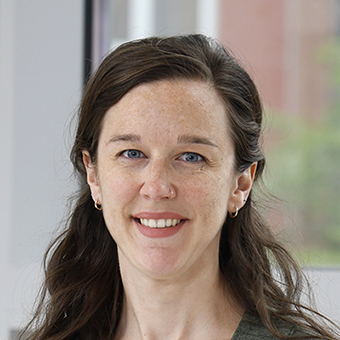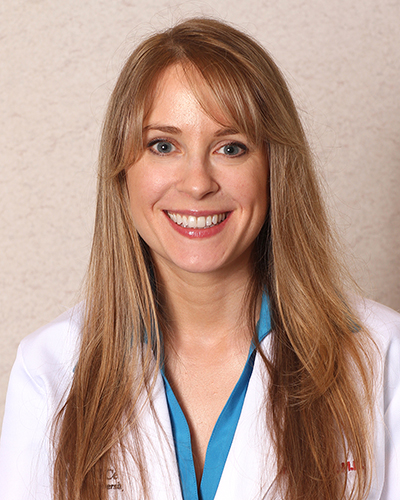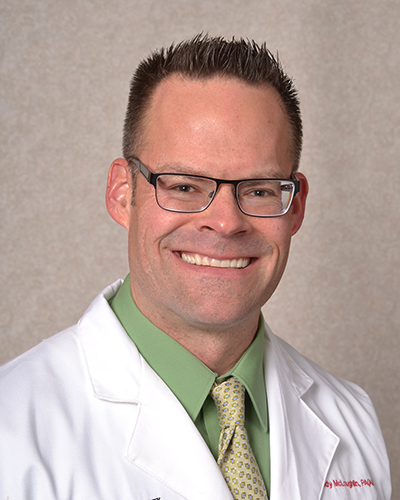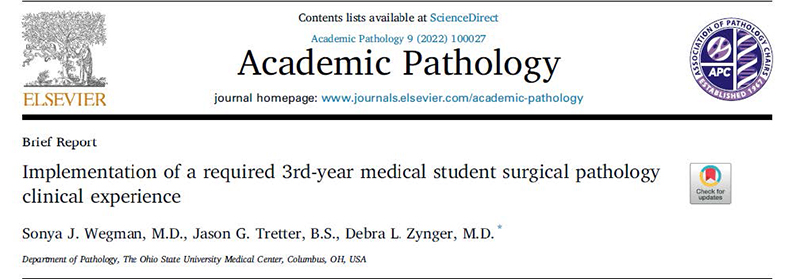
Medical Student Coordinator
6100 Optometry Clinic & Health Sciences
Faculty Office Building
1664 Neil Avenue
Columbus, OH 43210
M3 SURGICAL PATHOLOGY CLINICAL EXPERIENCE
We provide all M3 students with a 3-hour surgical pathology experience within the Surgery/ObGyn block. Students attend a 1-hour surgical pathology didactic lecture during the ground school orientation week. During the block, students have 2 clinical hours within Surgical Pathology. The first hour takes place in the gross room and histology laboratories and is attended by 4 to 6 students. In the gross room laboratory, a senior pathology assistant describes the process in which tissue specimens are accessioned and prosected. Students will learn how specimens from the operating room are handled for intraoperative consultation. The students then visit the renal histology laboratory and a histologist educates students on how tissue is processed to make hematoxylin & eosin slides as well as how special stains and immunohistochemistry are performed. During the second hour, each student meets 1 on 1 with a Surgical Pathology attending or fellow preceptor with a choice of Surgical Pathology subspecialties (breast, ENT, gynecologic, gastrointestinal, orthopedic, pancreas/liver, thoracic, urologic). With the preceptor, students participate in the microscopic examination of Surgical Pathology specimens including viewing hematoxylin & eosin and immunohistochemical slides, creating a synoptic report and performing pathologic cancer staging.
This experience has formal objectives listed below and explained in detail which are tested in the Perioperative Services examination. Our clinical experience is unique in the United States, leading to the publication “Implementation of a Required 3rd-year Medical Student Surgical Pathology Clinical Experience” (PMID 35573389, see figure).
From 2013-2025, the Department of Pathology at The Ohio State University Medical Center has been a preceptor for 1,957 M3 students in Surgical Pathology.
Objectives
- State information needed on the pathology requisition
- List steps and timing of specimen processing including accessioning, grossing, histology, immunohistochemistry, case sign-out and intraoperative section analysis
- Describe how to submit a surgical pathology specimen for routine processing, intraoperative consultation and lymphoma work-up
- Understand the role of a synoptic report
- List the components of pTNM staging
- Explain limitations of surgical pathology











